Translation services for Medical Device Manuals UK must navigate a complex regulatory landscape that includes adherence to the MHRA and EMA guidelines, as well as the Medical Device Regulation (MDR) 2017/745 and the In Vitro Diagnostic Regulation (IVDR) 2017/746. These translations must be precise, accurate, and compliant with legal standards to ensure patient safety and effective communication across the UK's culturally diverse population. Specialized linguists who are experts in medical terminology and proficient in both source and target languages are essential for providing culturally adapted content that aligns with local health practices and measurement units. Advanced translation technologies, alongside native-speaking translators, ensure that medical device manuals convey the correct instructions and safety information in users' native languages while maintaining consistency and accuracy across various language pairs. This meticulous approach is critical for medical device manufacturers to comply with UK standards and facilitate clear understanding and safe use of their devices within the healthcare sector.
navigating the intricate landscape of regulatory compliance, organizations involved in the medical device sector must meticulously ensure their device manuals align with UK standards. This article delves into the critical aspects of maintaining compliance through professional translation services for Medical Device Manuals UK, emphasizing essential standards, guidance documents, and best practices for translations. We explore how to select appropriate language pairings, the pivotal role of cultural adaptation, and strategies to uphold consistency across all translated materials. Understanding the UK’s regulatory framework and leveraging expert translation services are key to successfully communicating product information in a global context.
- Understanding the UK Regulatory Environment for Medical Device Manuals
- The Role of Professional Translation Services in Compliance
- Key Standards and Guidance Documents for Medical Device Manual Translations in the UK
- Identifying the Right Language Pairings for Your Medical Device Manuals
- Navigating the Translation Process: Best Practices for Accuracy and Clarity
- The Importance of Cultural Adaptation in Medical Device Manual Translations
- Ensuring Consistency Across Multiple Languages in Device Manuals
Understanding the UK Regulatory Environment for Medical Device Manuals
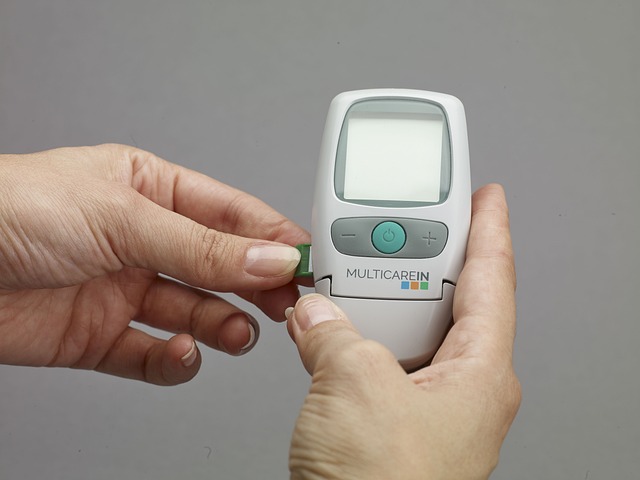
When navigating the UK regulatory environment for medical device manuals, it is imperative to align with the stringent standards set forth by bodies such as the Medicines and Healthcare products Regulatory Agency (MHRA) and the European Medicines Agency (EMA). Translation services for Medical Device Manuals UK must be meticulous in their approach to ensure compliance with both national legislation and EU regulations post-Brexit. The MHRA’s guidelines dictate that all medical device manuals provided to users within the UK must be translated into English, reflecting the country’s official language requirement. This necessitates a deep understanding of the Medical Device Regulation (MDR) 2017/745 and the In Vitro Diagnostic Regulation (IVDR) 2017/746, which outline the necessary information and language requirements for medical device manuals. Additionally, translators must be well-versed in the nuances of medical terminology and the specific contexts in which these devices are used to ensure that translations are accurate, clear, and compliant with the regulations. Engaging professional translation services for Medical Device Manuals UK that specialize in this niche is crucial for manufacturers to successfully penetrate and maintain a presence in the UK market. Adherence to these standards not only ensures patient safety but also facilitates smoother market access and avoids potential legal complications.
The Role of Professional Translation Services in Compliance
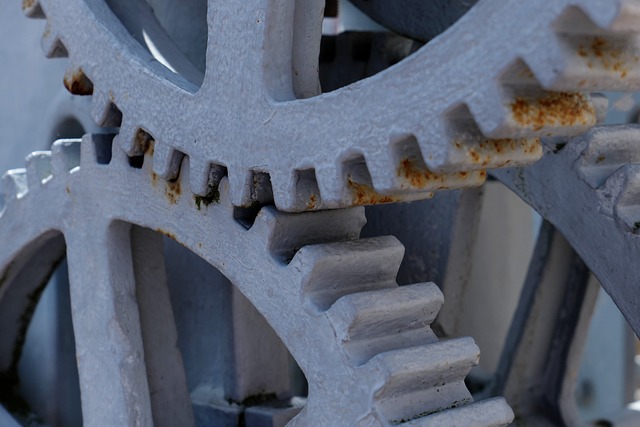
In the intricate landscape of medical device regulation, compliance with UK standards is paramount for manufacturers seeking to provide manuals that are both informative and legally sound. Within this framework, the role of professional translation services for Medical Device Manuals in the UK cannot be overstated. These services act as a critical bridge between manufacturers and end-users who require documentation in languages other than English. The expertise of these translators extends beyond mere linguistic capabilities; they are trained to navigate the complex terminology inherent to medical devices, ensuring that technical specifications, safety information, and instructions for use are accurately conveyed. This level of precision is crucial in avoiding misunderstandings or misinterpretations that could compromise patient safety or regulatory compliance. Moreover, professional translation services adhere to stringent quality management systems that align with the ISO 1710 standard specifically designed for translating medical documents. By doing so, they guarantee that all translations are not only faithful to the original content but also meet the legal and cultural nuances of the target language, thus upholding the integrity of the device manual in a multilingual context within the UK.
Key Standards and Guidance Documents for Medical Device Manual Translations in the UK
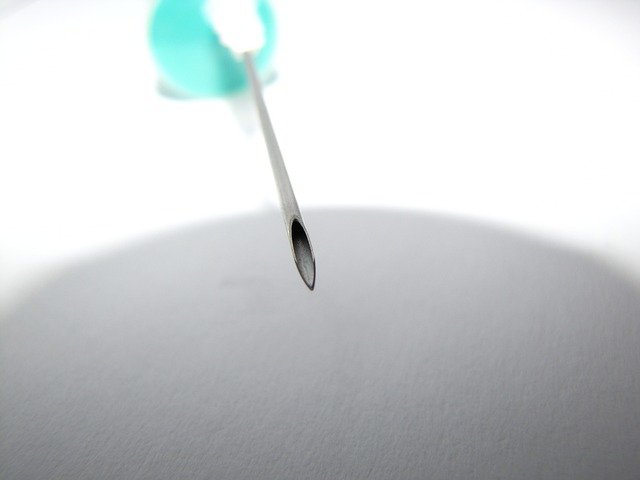
When translating medical device manuals in the UK, it is imperative to adhere to the stringent standards set forth by both national and international regulatory bodies. The Medical Device Regulation (MDR) 2017/745, which came into effect on May 26, 2017, and the In Vitro Diagnostic Regulation (IVDR) 2017/746, effective since May 2022, are pivotal in shaping the requirements for medical device manuals. These regulations dictate that all translations of manuals for medical devices must be accurate and reliable to ensure patient safety and compliance with legal standards.
Translation services for Medical Device Manuals UK must be well-versed in the guidance provided by the Medicines and Healthcare products Regulatory Agency (MHRA) and the European Medicines Agency (EMA). The MHRA’s Technical Documentation Guide, which complements the EU regulations, offers detailed instructions on the technical documentation that should accompany medical devices to ensure proper translation. Additionally, the Common Europe-en Pharmacopoeia (CEP) and the Good Practice Guides for Examination of Identity, Assay, and Purity of Peptides and Proteins provide additional guidance on the linguistic precision required in translating technical content. For medical device companies operating within the UK or looking to expand their reach, employing professional translation services that are well-versed in these standards is crucial for maintaining compliance and ensuring the safe use of medical devices across different linguistic regions.
Identifying the Right Language Pairings for Your Medical Device Manuals

When localizing medical device manuals for the UK market, selecting the appropriate language pairings is a critical step to ensure clarity and regulatory compliance. The UK’s diverse population necessitates translations that resonate with the cultural nuances of each language group. Translation services for Medical Device Manuals UK must be adept at not only converting text from English into the target language but also understanding the medical context and terminology specific to devices used within the National Health Service (NHS) and private healthcare sectors. It is imperative to work with translation professionals who are not only fluent in both the source and target languages but are also well-versed in medical jargon, technical descriptions, and the regulatory standards set forth by bodies like the Medicines and Healthcare products Regulatory Agency (MHRA). This ensures that the translated manuals accurately convey instructions, safety information, and maintenance guidelines, thereby facilitating safe and effective use of the device.
In the UK, language pairings that are most commonly required include, but are not limited to, English to Welsh, English to Gaelic, and English to a variety of European languages such as French, German, Italian, and Spanish. These translations must adhere to the Medical Device Regulation (MDR) 2017/745 and In Vitro Diagnostic Regulation (IVDR) 2017/746, which set high standards for the quality of translations provided with medical devices. A reliable translation service for Medical Device Manuals UK will employ native-speaking linguists who specialize in medical documentation, ensuring that the translated content is not only grammatically correct but also medically accurate and legally compliant. This meticulous approach to language pairing and translation is essential for manufacturers looking to expand their reach within the UK healthcare system while maintaining the integrity and safety of their medical devices.
Navigating the Translation Process: Best Practices for Accuracy and Clarity
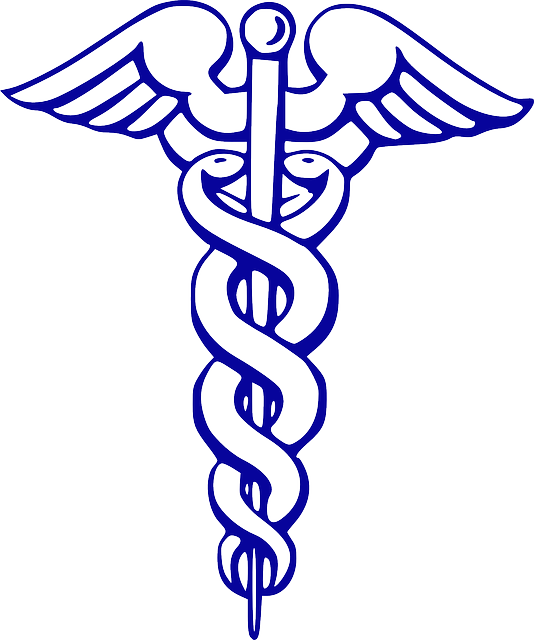
When translating medical device manuals for the UK market, adherence to stringent standards is paramount to ensure patient safety and regulatory compliance. The translation process must be meticulously managed to maintain the accuracy and clarity of the original content. Utilizing professional translation services specialized in Medical Device Manuals UK is a prudent first step. These experts are well-versed in the nuances of both language and medical device terminology, which is critical for conveying instructions and safety information effectively. They employ advanced translation technologies and follow industry-specific guidelines, such as the Medical Device Regulation (MDR) 2017/745, to ensure that all translations are precise and reliable. Furthermore, engaging with a translation service that offers native UK language translators is advantageous, as they can navigate cultural nuances and regional differences in language use. This commitment to accuracy and clarity not only facilitates user understanding but also aligns with the UK’s standards for medical device documentation, thereby reducing the risk of misinterpretation and enhancing the overall quality and safety of the device.
The Importance of Cultural Adaptation in Medical Device Manual Translations
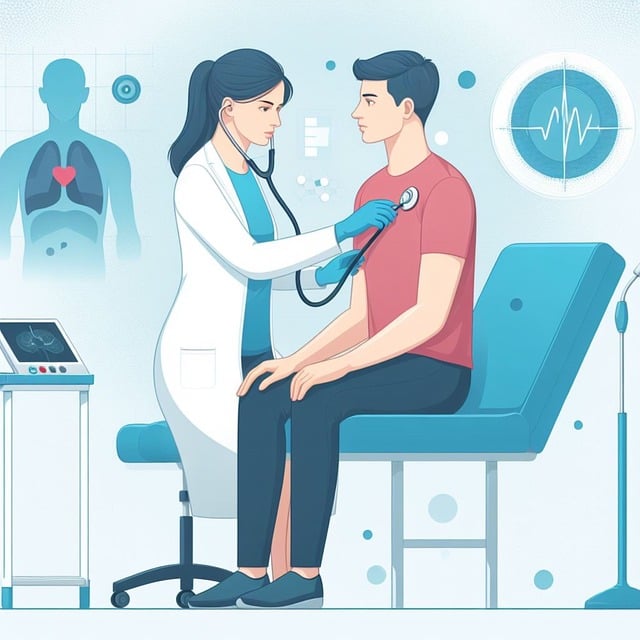
When translating medical device manuals for distribution within the UK, cultural adaptation plays a pivotal role in ensuring clarity and safety. Medical devices, with their complex instructions and technical specifications, must be accurately conveyed to users who speak different languages. This is not merely a matter of linguistic translation but involves understanding nuances in cultural context, social norms, and regulatory expectations that are unique to the UK market.
Translation services specializing in medical device manuals for the UK must go beyond mere word-for-word translations. They must adapt content to align with local terminologies, measurement units, and health practices. This cultural adaptation ensures that users can safely operate the devices as intended by the manufacturer, while also complying with UK standards such as the Medical Devices Regulation (MDR) 2017/745. It is through this meticulous process that the integrity of the original manual’s intent is upheld, and users are provided with clear, safe, and effective guidance for the use of their medical devices.
Ensuring Consistency Across Multiple Languages in Device Manuals
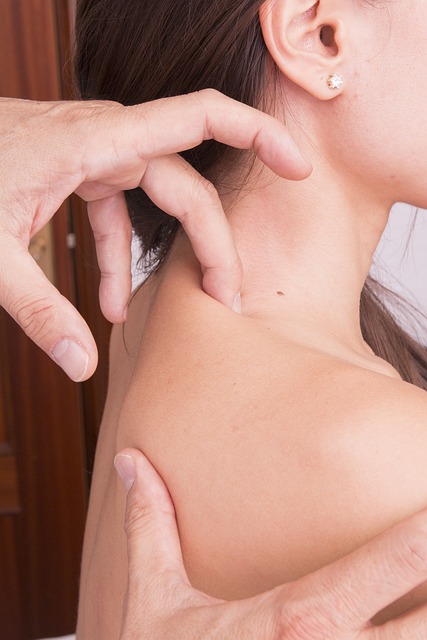
When navigating the intricacies of medical device manual translations for compliance with UK standards, consistency across multiple languages is paramount. The accuracy and uniformity of information ensure that users receive precise instructions regardless of their language proficiency. Utilizing specialized translation services for Medical Device Manuals UK is essential to achieve this consistency. These services employ expert translators who are not only adept in linguistic nuances but also well-versed in the technical terminology specific to medical devices. By adhering to established protocols and leveraging advanced translation technologies, these services can provide translations that mirror the original content closely, ensuring that the user manuals maintain their integrity and reliability across different languages. This commitment to consistency not only facilitates user understanding but also aligns with the UK’s stringent regulatory requirements for medical device documentation, thereby safeguarding patient safety and legal compliance.
In conclusion, navigating the UK’s regulatory landscape for medical device manuals requires a meticulous approach that encompasses professional translation services adhering to established standards. The article has outlined the critical aspects of ensuring compliance, from selecting appropriate language pairings to implementing best practices for accuracy and clarity. It is imperative for manufacturers to understand the cultural nuances and linguistic intricacies involved in translating medical device manuals for UK audiences. By leveraging specialized translation services for medical device manuals UK, companies can guarantee that their documentation meets both legal requirements and the comprehension needs of users across various linguistic backgrounds. This commitment not only enhances patient safety but also positions the company as a responsible and reputable entity within the global medical device market.
